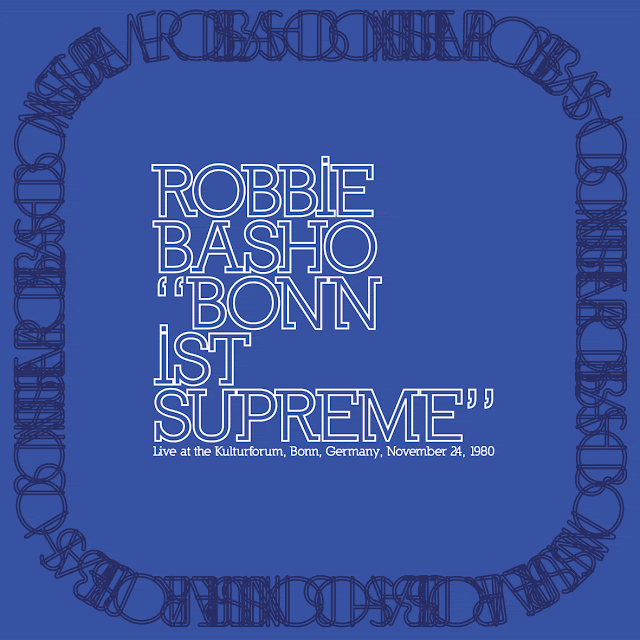
Raul Lovisoni & Francesco Messina – Prati Bagnati Del Monte Analogo, 1979







The motet is laid out for eight choirs of five voices. It’s most likely that Tallis intended his singers to stand in a horseshoe shape. Beginning with a single voice from the first choir, other voices join in imitation, each in turn falling silent as the music moves around the eight choirs. All forty voices enter simultaneously for a few bars, and then the pattern of the opening is reversed with the music passing from choir eight to choir one. There is another brief full section, after which the choirs sing in antiphonal pairs, throwing the sound across the space between them. Finally all voices join for the culmination of the work. Though composed in imitative style and occasionally homophonic, its individual vocal lines act quite freely within its elegant harmonic framework, allowing for a large number of individual musical ideas to be sung during its ten- to twelve-minute performance time. The work is a study in contrasts: the individual voices sing and are silent in turns, sometimes alone, sometimes in choirs, sometimes calling and answering, sometimes all together, so that, far from being a monotonous mess, the work is continually presenting new ideas.


